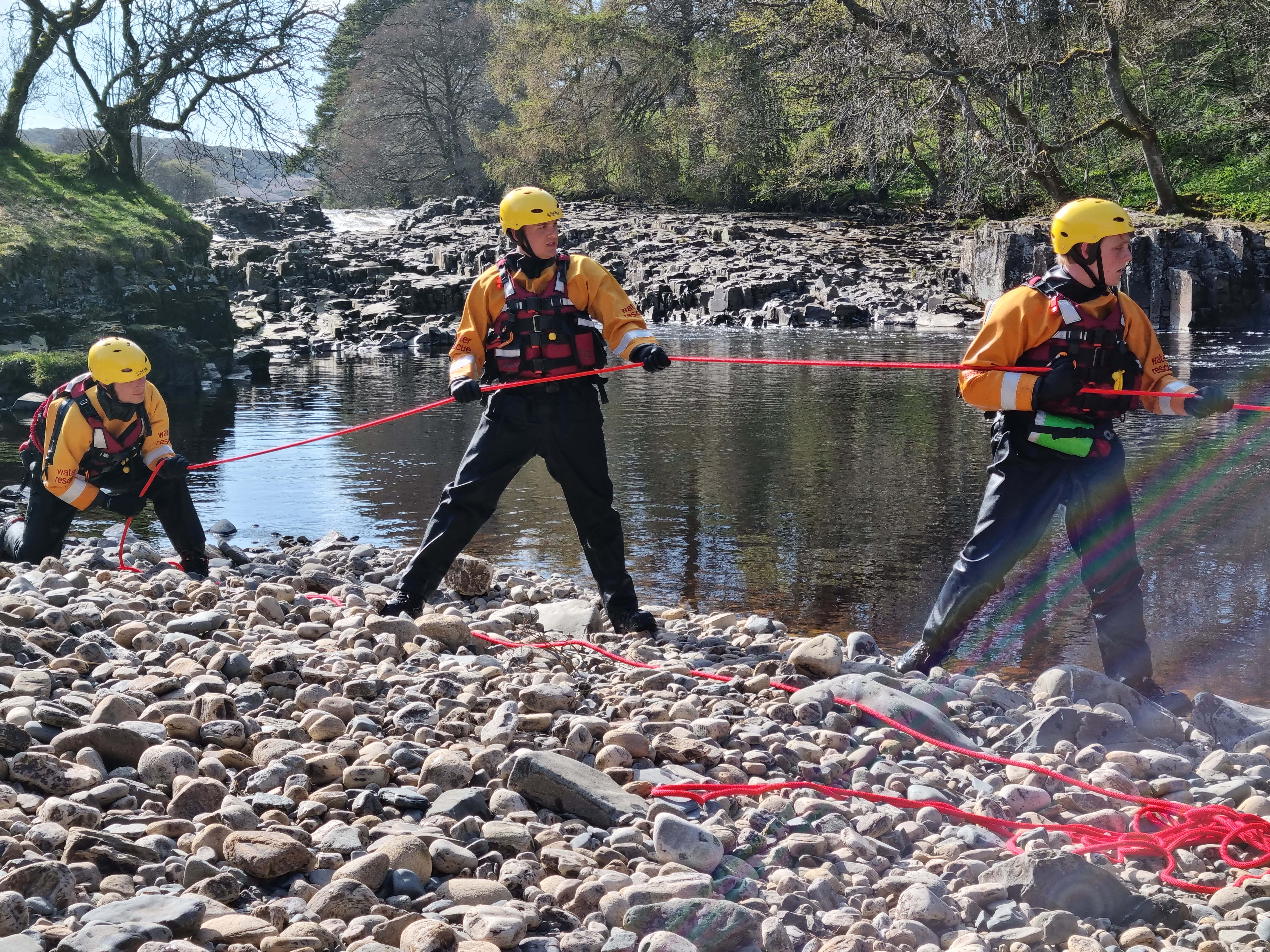UK Health & Safety Regulations
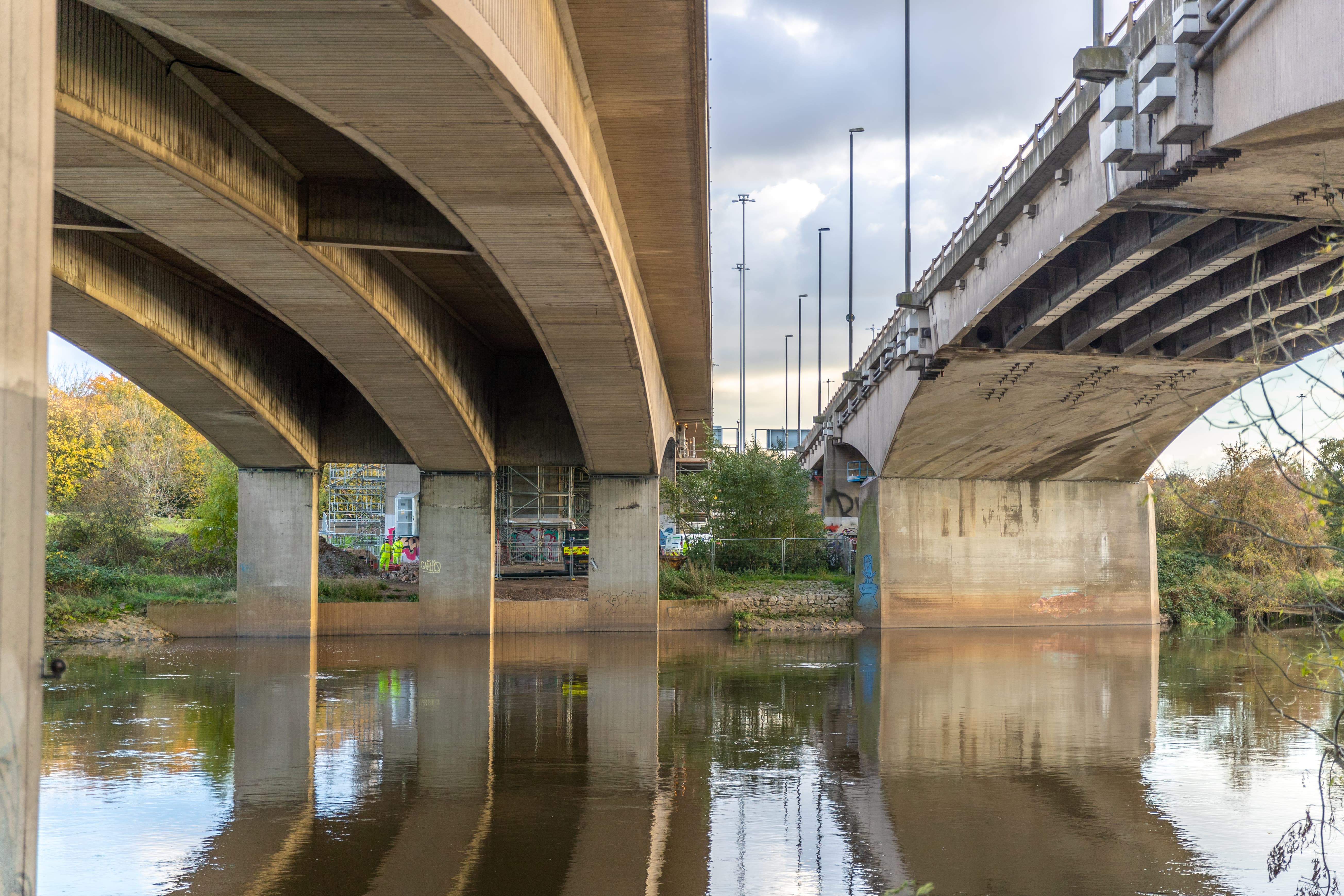
The Health & Safety at Work Act 1974 and the Management of Health and Safety at Work Regulations 1999 state that it is an employer’s responsibility and a legal requirement to ensure the health and safety of its workforce. In addition, the Health and safety in construction HSG150 (hse.gov.uk) (pages 102 and 103) cover working near water when doing construction. Employers have a legal and moral responsibility to ensure the welfare of employees at work and provide a safe working environment.
If people must work over or in the vicinity of water, there must be a safe system of work (SSoW), and they must be professionally trained. Equally important is the provision of proper equipment and suitable emergency procedures, together with the information and training necessary to use the equipment and respond effectively in an emergency.
Risks, hazards and controls working near water
Prior to any work on or near water, it’s essential to conduct a risk assessment, identify any potential hazards and assess the severity and range of risks by designing a safe system of work (SSoW). Anyone working on or near water must also be aware of the risks and be well trained in working safely around water.
Below is a list of some of the more common risks associated with working near water:
- Falling into the water
It is important to adopt risk reduction measures where practicable to ensure that wherever possible, physical protection is provided to prevent anyone from falling into the water. Use of adequate barriers, working platforms etc. on walkways and platforms where a person could fall into the water, should be adopted, and to reduce the risk of slipping, appropriate safety footwear may be required.
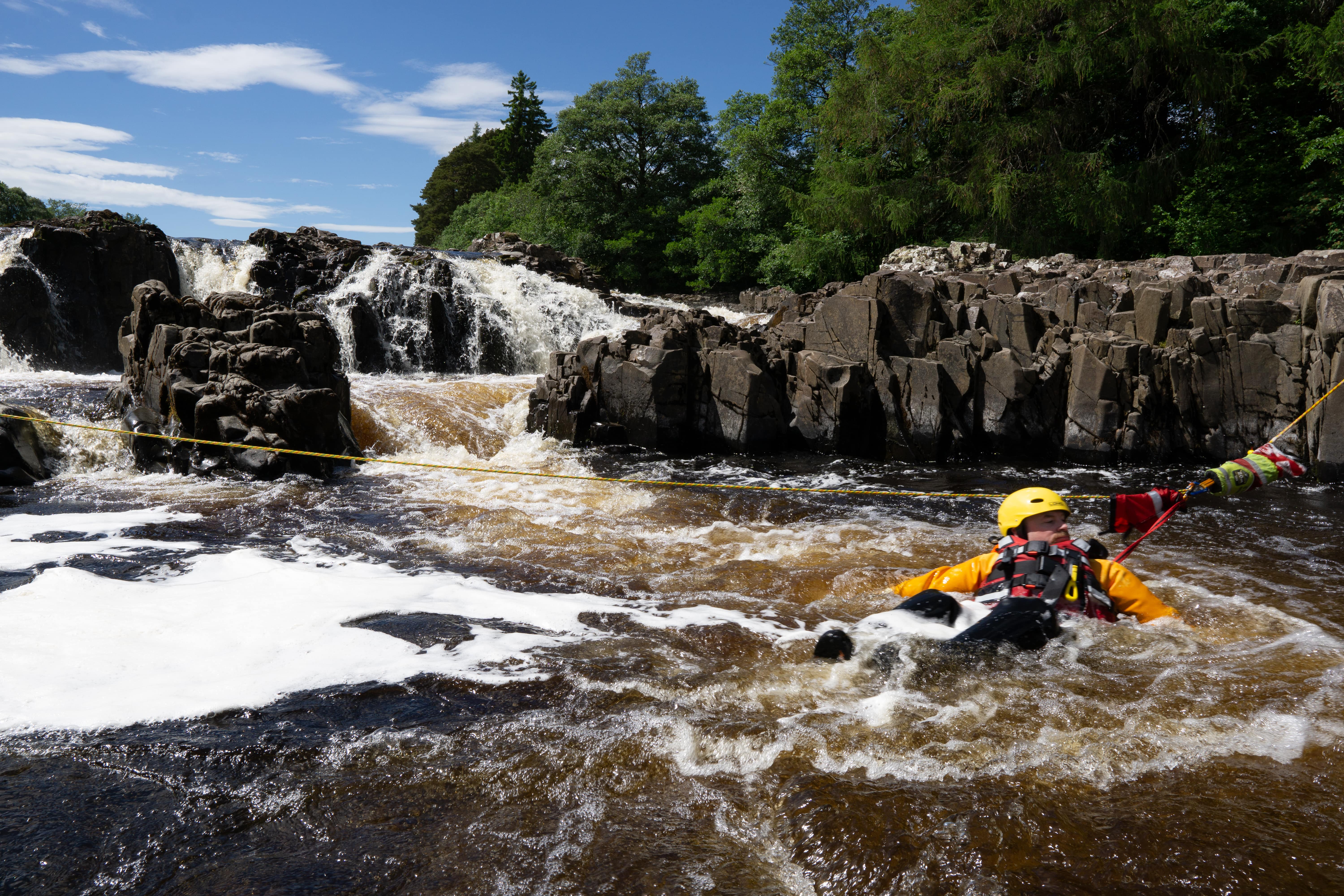
- Drowning
If someone does fall into the water, the most immediate danger is drowning. Causes or contributory factors include shock of sudden immersion in cold water; weight of waterlogged clothing; incapacity following injury caused by striking an object during the fall or while in the water; fatigue or hypothermia where rescue is not immediate. Quarries are much colder than other forms of water and can cause anyone falling in to gasp with shock which can increase the risk of drowning.
Therefore, buoyancy aids, flotation devices and grab and throw lines should be readily available in the event of someone falling into the water. Rescue boats may also be needed.
- State of the water
There may be hidden debris or underwater hazards which can cause injury, or plants and vegetation can entangle people.
- Water depth and current
It is important to capture site specific risk information through a site visit, prior to deployment, to include access points, rendezvous points, depth of water etc. Many sections of water may appear benign, but there may be hidden currents underwater or areas where currents are swifter. And reservoirs are often very deep - it is difficult to estimate depth and they can be deeper than you may expect or vary in depth at different parts of the water being worked nearby.
- Working at height
When work at height is conducted over or near water, then a competent person must conduct a site-specific risk assessment. Working at height can occur when working on platforms or scaffolding, on steep embankments, working alongside docks and in quarries. This should assess the risk of a fall from height and the risk of drowning and determine the appropriate controls to be put in place to best control these risks. For example, would the wearing of a harness to provide fall protection, cause more of a hazard if the person were to fall in the water? If so, then measures such as personal flotation devices should be worn and any risk from falling from height should be controlled by other means.
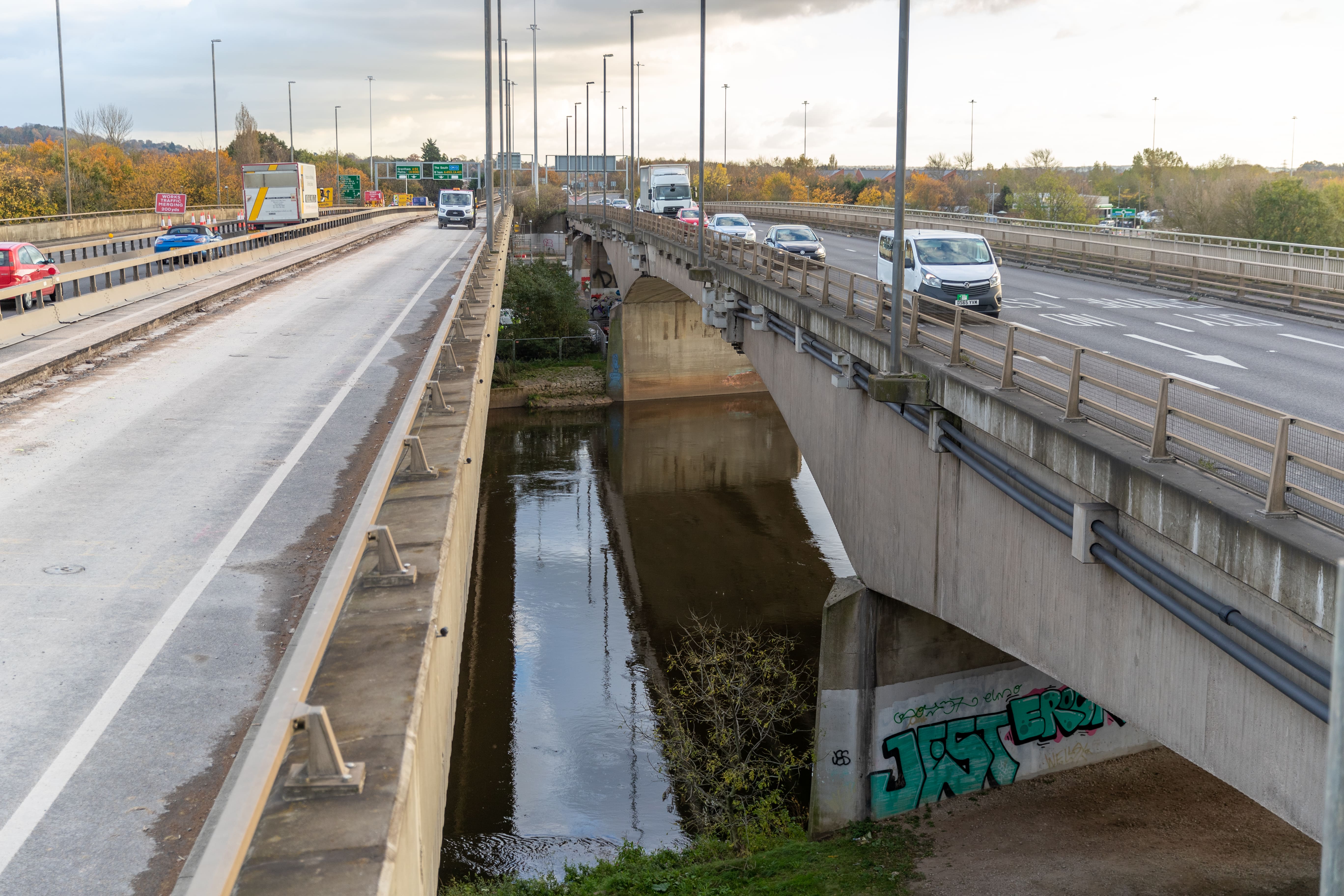
- Contaminated water, presents of rodents, e.g., Weil’s Disease
All people working near water are at risk from contaminated water. Anyone working in areas where rats or other rodents are likely to be present are at risk from Leptospirosis (Weil’s disease). These workers must be provided with appropriate protective gloves and clothing and must also ensure they wash any exposed skin thoroughly after encountering water from rat-contaminated areas.
- Extreme weather conditions
Wind, high levels of precipitation, poor visibility, ice, heat and fog all have implications for incidents involving water.
- Poor visibility / night conditions
Seasonal variances, protracted work and night-time incidents impact on individual and crew safety, as well as adding additional complexity in undertaking accurate risk management measures and tactical decision making.
- Confined spaces
Working in confined/restricted spaces will pose significant risks at incidents involving water. Difficult access and egress, entrapment, depth and flow will need to be considered at a range of incidents i.e., vehicles in water, locks, culverts and in certain floodwater situations.
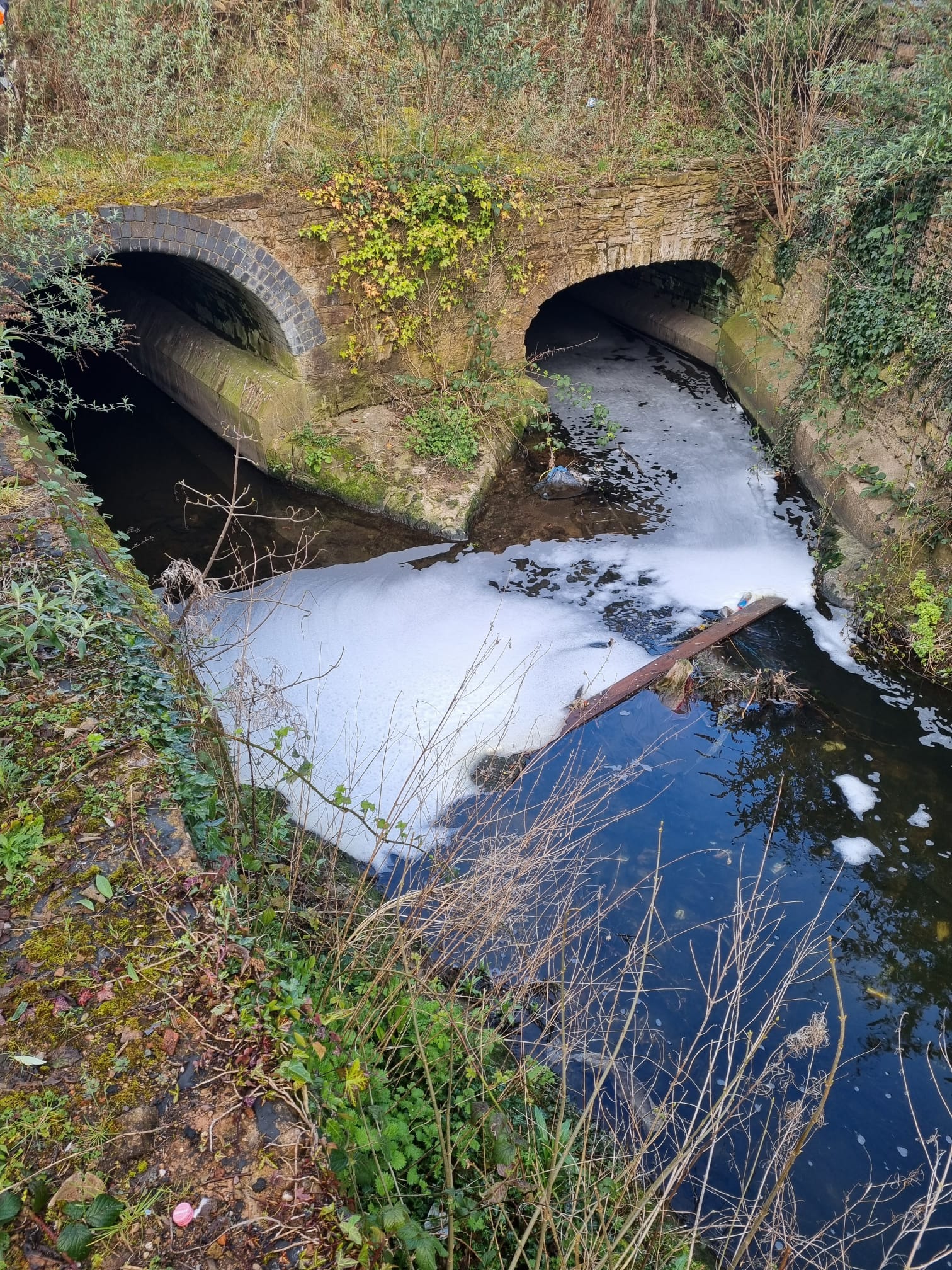
Water Rescue Services
An emergency plan should be in place to tackle and manage emergencies.
- Appropriate provision must be available for first aid.
- Specialist training and equipment may be required for first aid to be administered.
- All electrical installations and equipment, tools, machinery should be constructed, installed, operated, protected and maintained to prevent the risk of danger from electric shock or burns.
- Proper training, induction/orientations and supervision are mandatory and part of appropriate control measures.
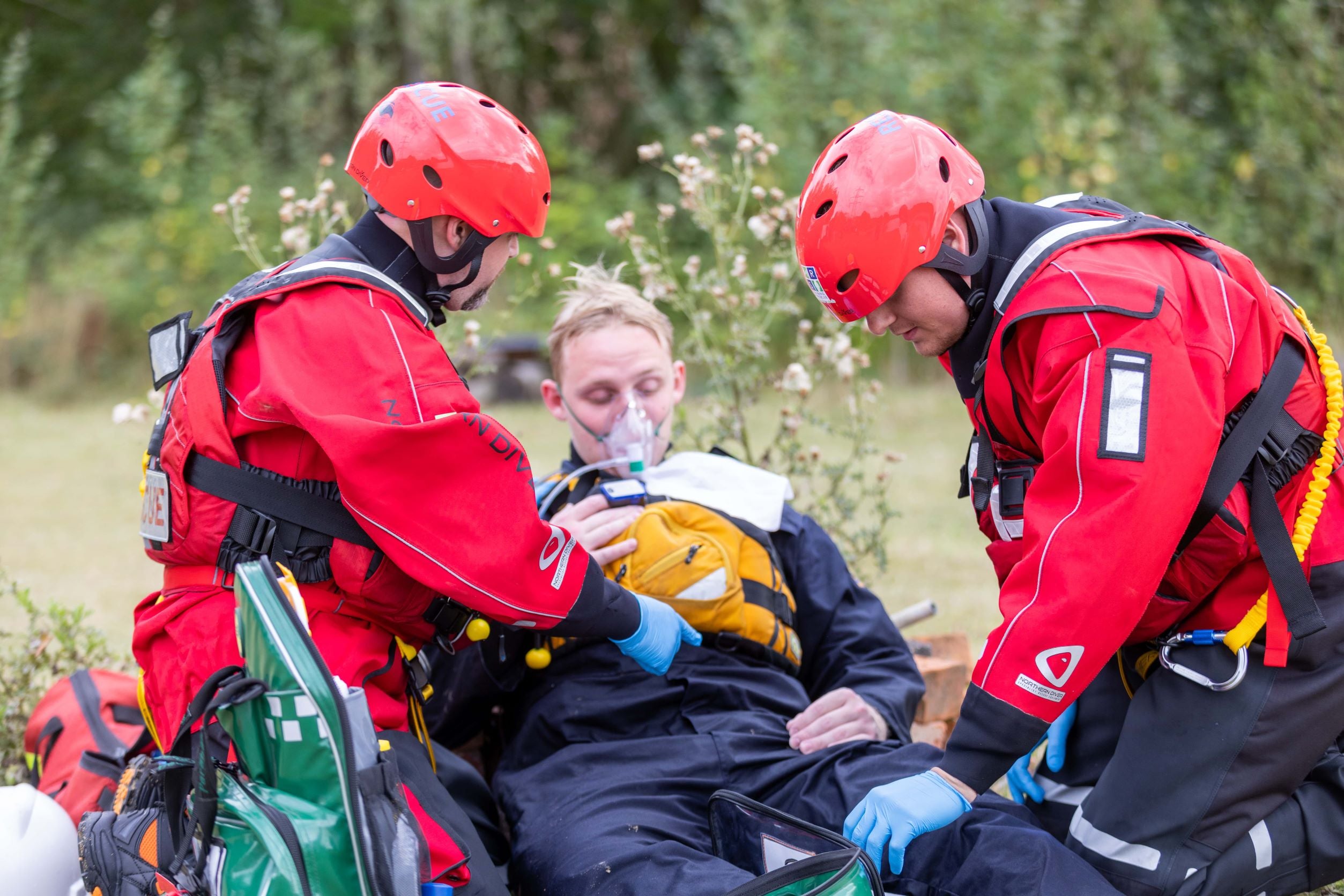
Equipment for Water Rescue
Key equipment is required for any operatives conducting water rescue. There is a comprehensive array of equipment and personal protective equipment that must be considered when working in or around as a water rescue operative.
At MRS Training and Rescue, the minimum Personal Protective Equipment (PPE) for all Water Rescue Technicians and Boat operatives is as follows: -
- Dry suit
- Buoyancy Aid - including whistle, self-igniting light, reflective tape, crotch strap
- Helmet
- Helmet light
- Protective gloves
- Safety footwear
- Thermals
- Under layers
- Waterproof/windproof clothing (boat based)
The equipment used whilst providing water rescue cover will be risk based. However, at MRS, a minimum requirement for each task is:
- Communication systems for both rescue technician and boat operator
- Communication system for contact with any emergency services upon water rescue e.g., mobile phone
- Lighting e.g., torch, search light
- Emergency Responder Bag
- Fleece emergency blanket
- AED including a dry towel
- Oxygen resuscitator
- Analgesic gas
- Rescue Pole
- Rescue stretcher inc. floatation collar
- Floating rope
- Tag lines
- Throw bags
- Personal Buoyancy aid
- Personal rescue knife
- Connectors
We also provide a rescue boat that is inclusive of:
- Engine with guarded propeller
- Mast lighting
- Oars/paddles
- Grab/holding rope
- Moring rope
- Boat anchor
- Additional fuel (not stored in the boat)
- Engine trolley
- Inflation kit
- Puncture repair kit
- Engine strop
- Dry powder extinguisher
A decision of what equipment is carried in the boat will be made based on the requirements from the task specific Risk Assessment and Method Statement (RAMS). Any other equipment required will be identified by risk assessment.
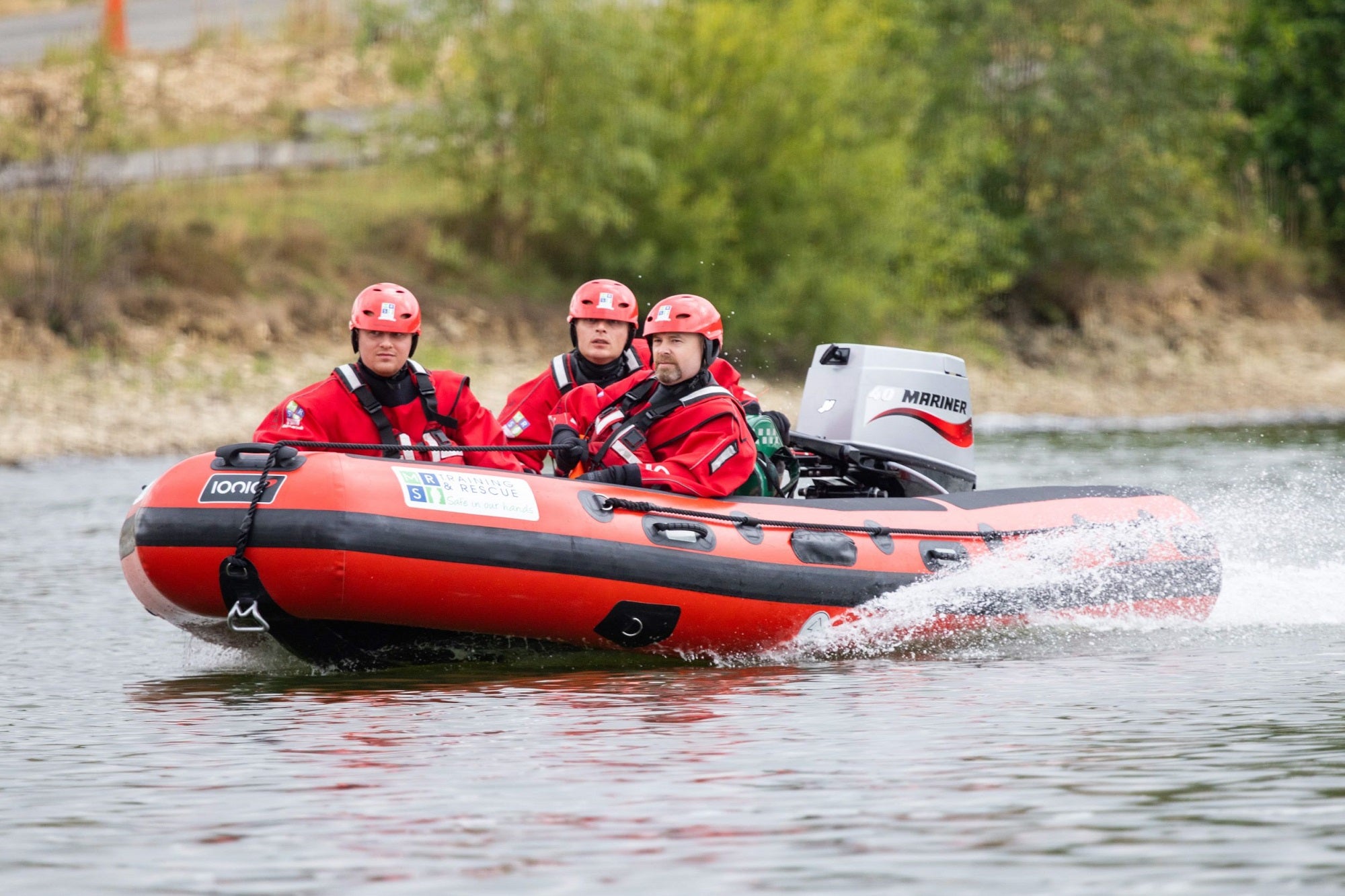
MRS Training & Rescue Water Rescue Operatives
All MRS Rescue technicians hold as a minimum a Defra module 3 Swiftwater and Flood Rescue Technician certificate. The MRS Boat Operators hold as a minimum a Defra module 3 Swiftwater and Flood Rescue Technician and module 4 Swiftwater and Flood Rescue Boat Operator Certificate.
All water rescue operatives are also certificated in First Aid at Work, and Advanced First Aid. They also all hold the IOSH Managing Safely safety qualification.
In addition, all operatives, as a minimum must be medically fit and must be a confident swimmer to meet the physical demands of rescue from swift water.
